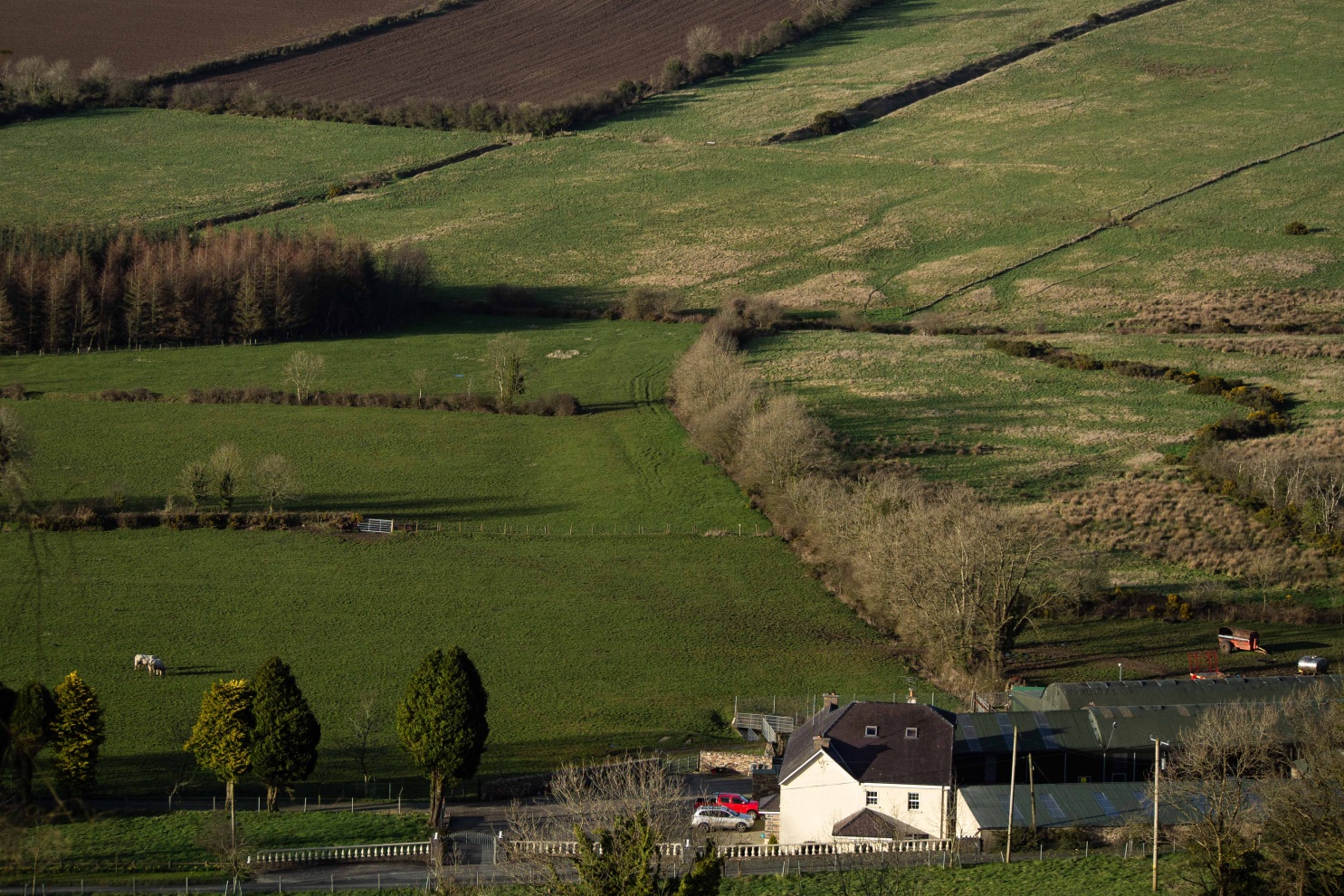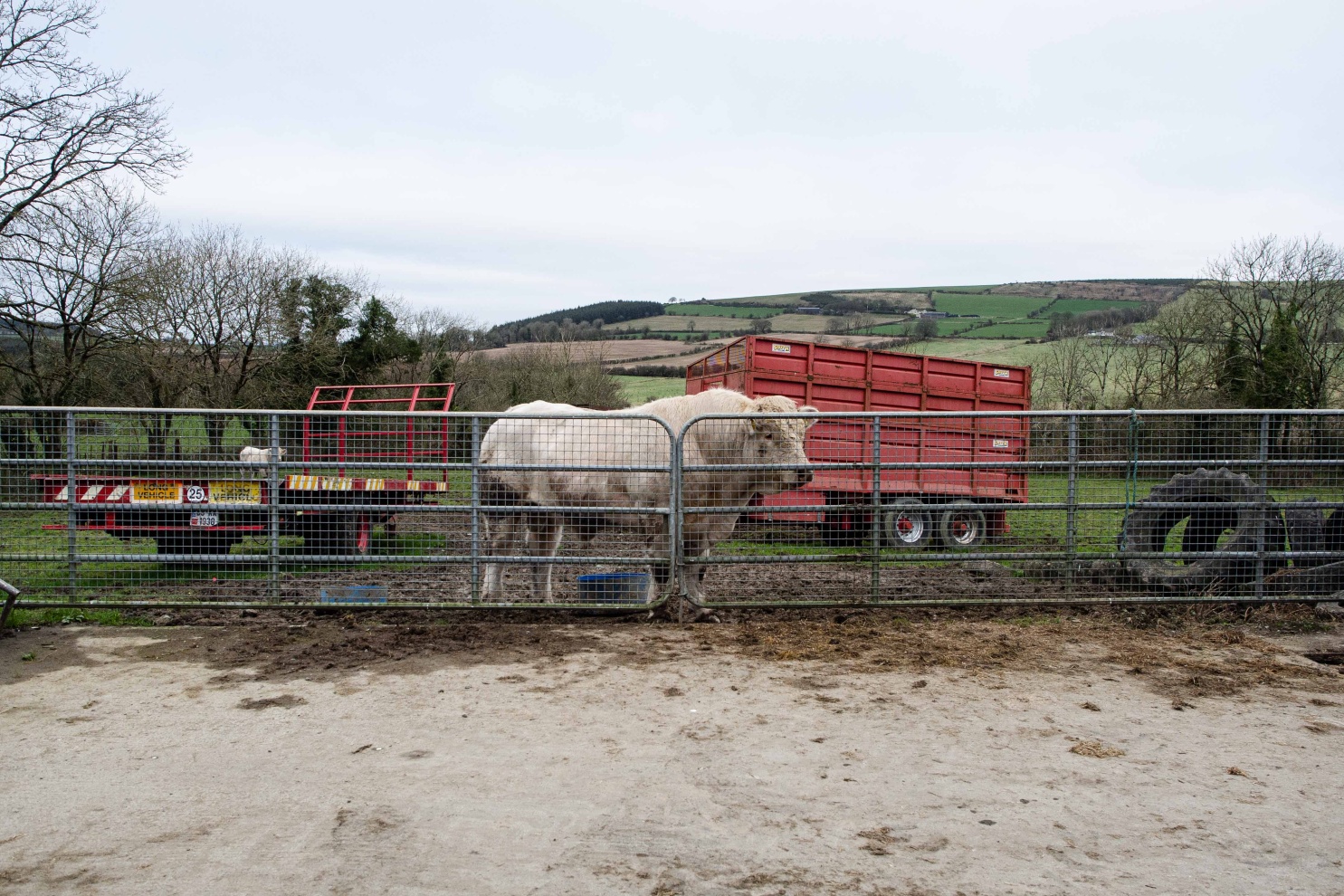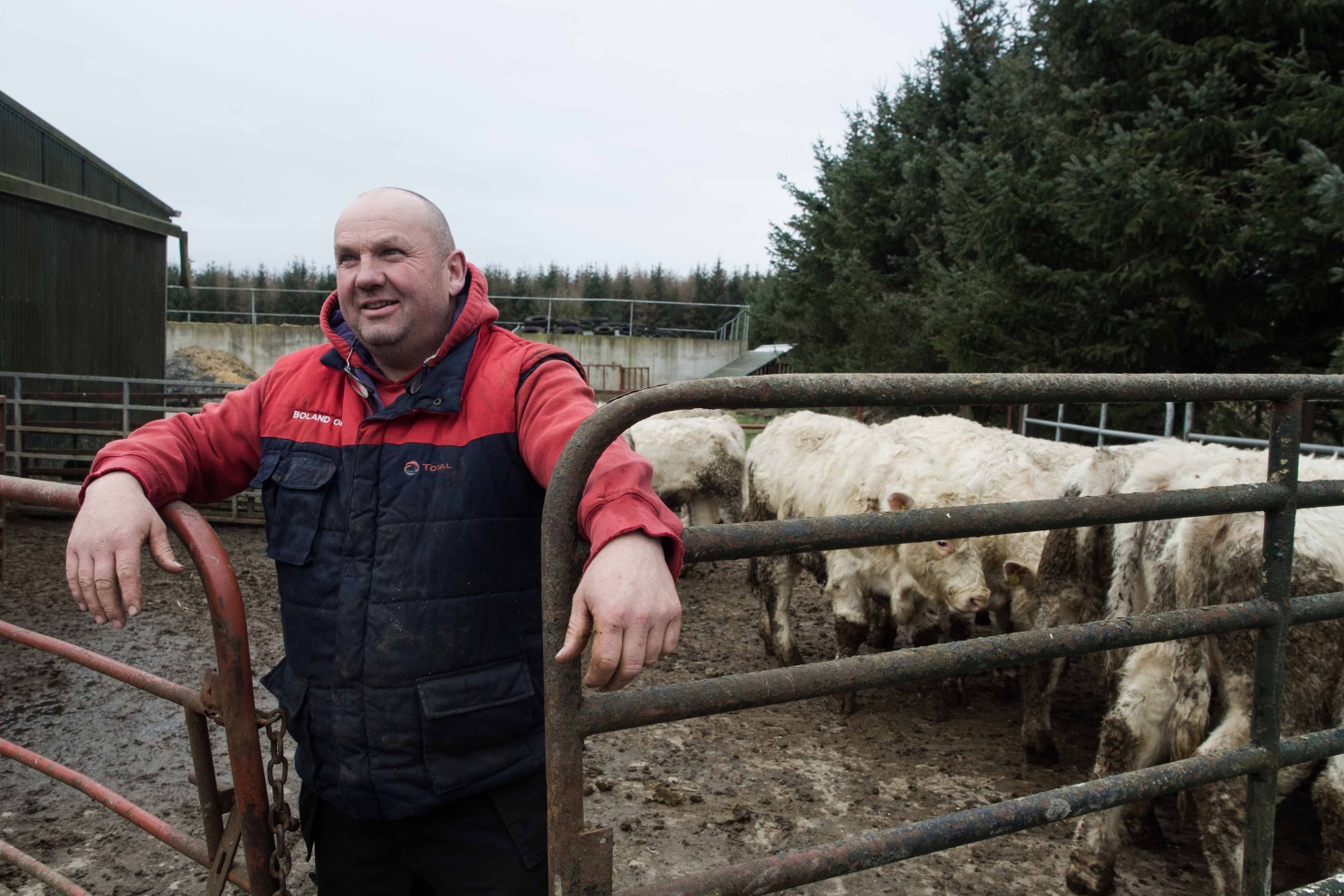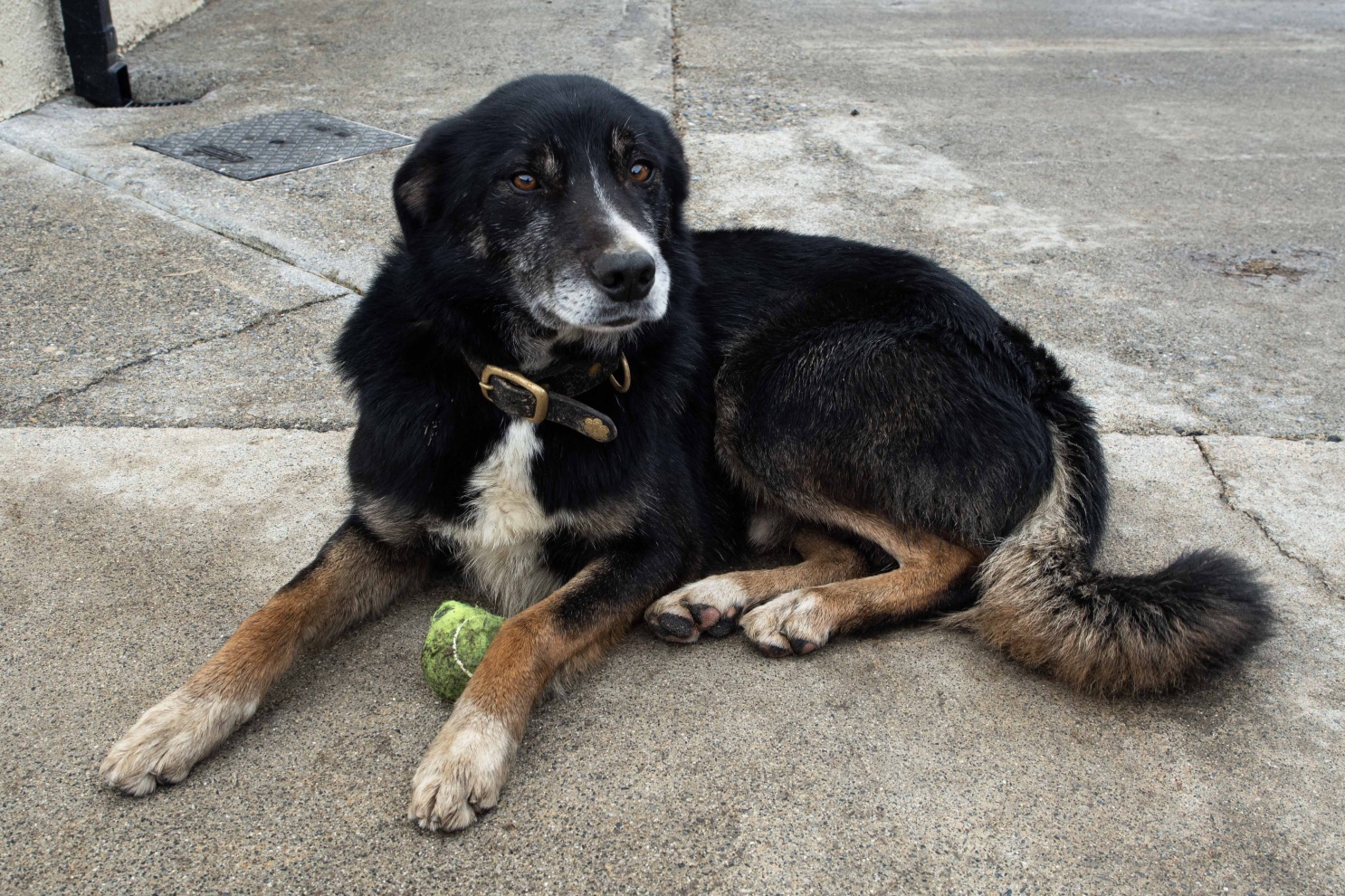«
<
>

From the farm to the martWhat do cattle do from birth to death in a conventional breeding farm? What happens throughout their journey from their birthplace to a livestock mart? I donít answer such questions, rather what you can see through these images itís nothing other than what you might see living on a farm of that kind for nearly a year. Iíve got a bit of Ďbreading farm-farmer-working lifeí combined with the surroundings, trying to connect these aspects with the animals. Actually, I wasn't there to do this, but as an au-pair, minding an 8-year-old child and doing some basic home chores.
The farm is located in the south of the city of Kilkenny, in the middle of verdant hills. It normally holds about 250-300 cattle and its size is around 250 acres (100 hectares). They breed Charolais bulls that are rather used in Ireland for their easy adaptation to the Irish environment and climate conditions. Normally, in this context, the life span of a bull isn't more than 72 months. However, they are usually sold earlier. A bull that shows particular high features instead, is kept alive even longer for genetic improvement. Cattle are mainly kept covered in pens during the coldest period of the year, whereas during the warmest one, which may vary every year, they're on pasture. During this period, fecundation happens as well. Where do cattle eventually end up? in this case in a cattle mart. And what's this? Try to picture an auction; that's it. |

Farmers while being in proximity of calves have to keep an eye on the respective mothers that might be cross and offensive in some occasions.
Cattle in conventional farms are dehorned, this is principally done to avoid them from getting wounds when playing with one another or fighting. It is also done to reduce the safety risks that cattle handlers may undergo indeed. But probably, the main reason is that injured animals could affect its overall welfare, and consequently, the production |























































